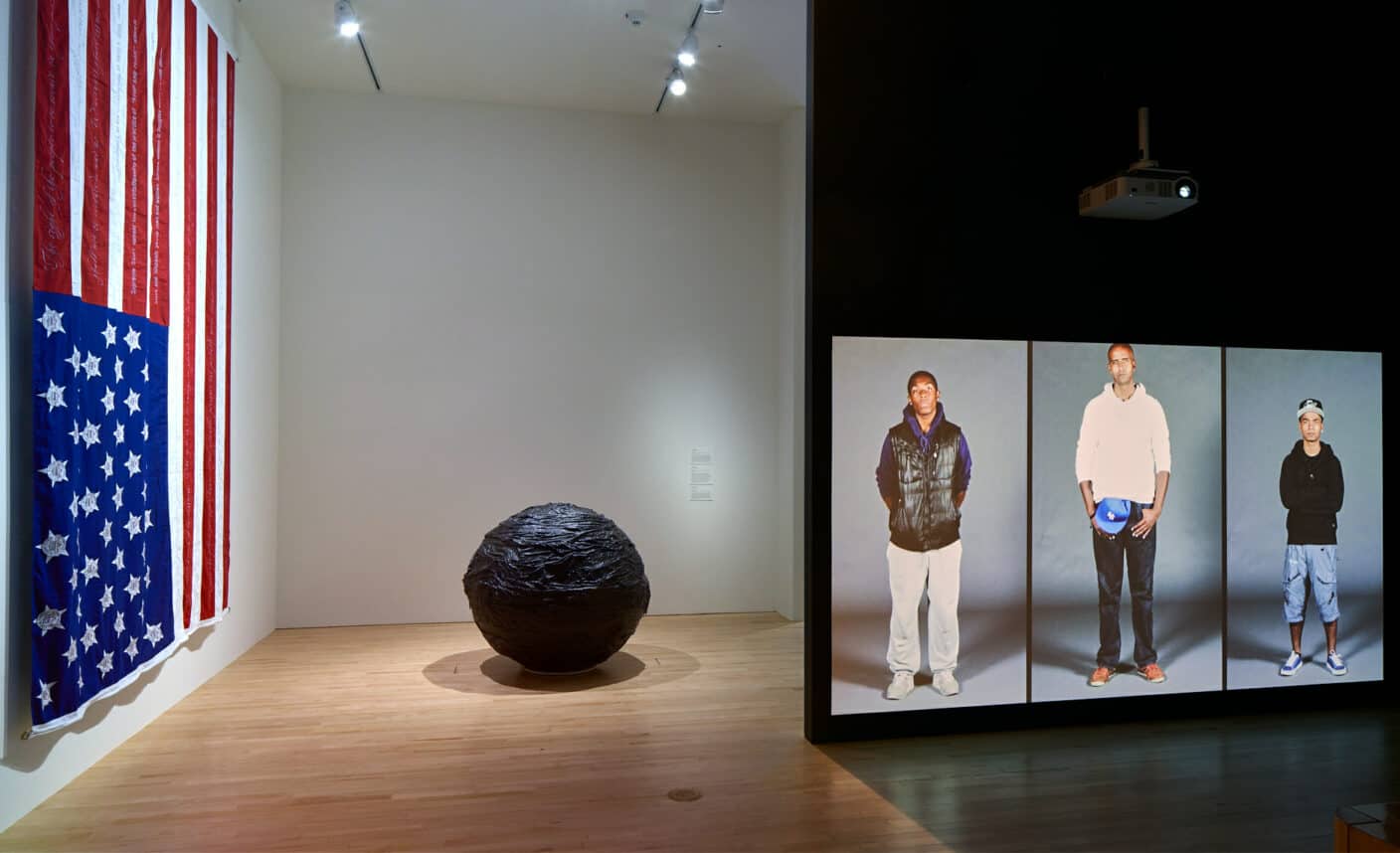
Abstract:
Visualizing Abolition is a public arts and scholarship project that challenges the prevailing data-driven accumulation of knowledge about incarceration. In this article, the authors describe how the project, aimed primarily at scholars, students, and the surrounding community, transformed into a wide-reaching and ongoing initiative about art and prison abolition.
DOI: dx.doi.org/10.1515/phw-2022-20580
Languages: English
What would it mean to think about the problem of incarceration, not from the view of specialists who dominate the narrative—criminologists, sociologists, even historians—but from the view of artists? How might a project that begins with arts catalyze thinking and dreaming beyond the prison industrial complex—creating new ways of engaging the public with our carceral past while hoping to end its future?
First, Transformation
In the “before” times, prior to the Covid-19 pandemic, we had what now seems a simple idea: to engage university students and the regional public about issues of prisons and the movement for abolition through the arts. The original concept included a participatory art and garden project at University of California, Santa Cruz (Solitary Garden by jackie sumell), a group multi-sited exhibition of art (Barring Freedom at UCSC and the San José Museum of Art [SJMA]), and a symposium on the theme of Visualizing Abolition. With the exhibition opening and symposium scheduled for October 2020, needless to say, things did not go as planned.
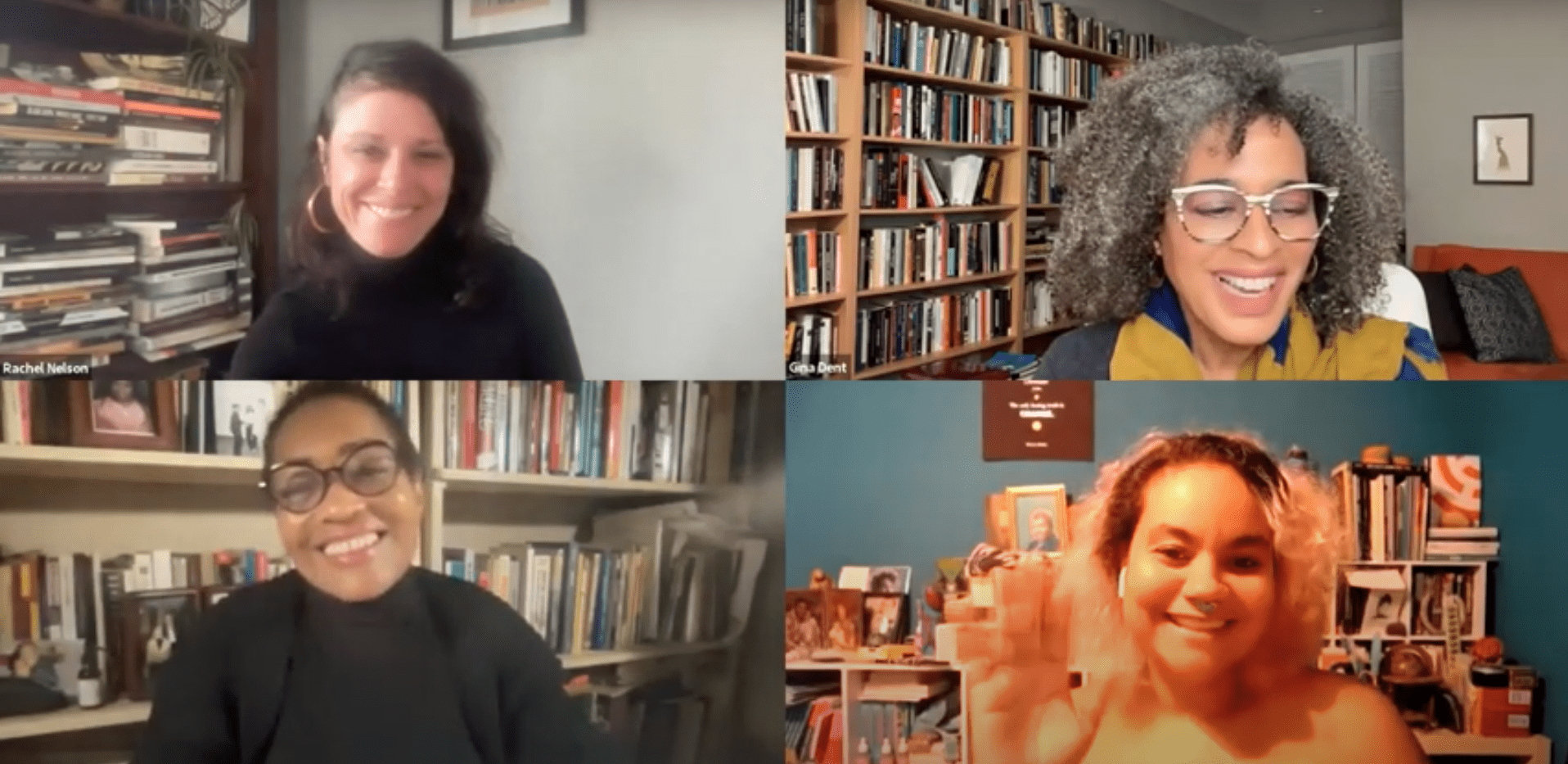
Fig.1: Visualizing Abolition with Rachel Nelson, Gina Dent, Gilda Sheppard, and adrienne maree brown.
In this short piece, we describe how, with the pandemic and the 2020 uprisings against systemic racism surging, what began as a project aimed primarily at scholars, students, and the surrounding community transformed into a wide-reaching and ongoing initiative about art and abolition. As tens of thousands of people from across the U.S. and around the globe attended Visualizing Abolition online events and other virtual programming, we found a public eager to learn about and participate in the creative work being done by artists, musicians, poets, and others to imagine a world free of prisons and the endemic social problems they both represent and further.
The Problem of History
Visualizing Abolition was conceived to address one of the central challenges of the prison abolition movement. Prisons (as well as policing and the larger criminal legal system) have been normalized in the public consciousness as the mechanism for safety, ostensibly key to providing protection and solutions for social problems. However, as many scholars have now argued, poverty, racism, addiction, sexual and gender violence, houselessness, and mental-health crises have persisted, and even increased, not despite but because of this mode of problem-solving. Vital needs—housing, education, health care—have been ignored, as those most in need of social support have been criminalized and vanished into our vast legal system.
Instead of providing safety, prisons are where past inequalities and the legacies of racial capitalism, colonialism, indigenous dispossession, slavery, and labor history coalesce.[1] Some historians have aspired to focus on these issues’ intersection with incarceration as a means of undoing those histories and their impacts. In a special issue of the Journal of American History, titled “Historians and the Carceral State,” the introduction hints to this aspiration: “the study [of] the carceral state and its evolution, trajectory, and scope may well upend the ways other aspects of American history have been understood. ”[2] Yet, with prisons and our reliance on them, it appears our troubled history is being ossified instead.
Despite the wide circulation of data on the racial and economic injustices of prisons, and the histories unearthed, the carceral system continues to flourish. Studies have found that the circulation of data about the racial inequalities in prisons can perpetuate stereotypic associations between criminality and race.[3] The histories that shore up our criminal legal system have proven to be almost as impenetrable as prisons.
We believe the arts can play a crucial role in challenging the historical legitimacy of prisons and the ways they have come to make sense in our lives and social relationships. As activists, organizers, and scholars working to abolish prisons have long understood, we cannot teach about prisons and their histories simply through statistics. Lived experiences are never adequately represented by facts and figures alone.
As scholar and curator Nicole Fleetwood explains: “the carceral state not only removes people from their homes and neighborhoods; it also shapes how prisons and people confined to them are viewed in public life.”[4] To understand how a history of incarceration continues to inform social and political relations, as well as the aesthetic, ethical, and cultural values encoded in them—and, perhaps more crucially, to call into question how these values can be challenged or transformed—requires something beyond information.
As abolitionists, we are committed to the arts as a means of exposing the masquerade of safety and social health that prisons represent. Our aim is to replace cages with structures of care so that prisons are no longer deemed necessary. This means we need to be able to imagine and create a radically-transformed society, and to teach ourselves to develop different responses to what is socially construed as wrongdoing or injury. Artists and other creatives help us accomplish this.
Art and Abolition
Before the pandemic, we aimed to highlight artworks that confront the normalization of prisons and enact the imaginative process of abolition. For example, Solitary Garden, a public art and garden project by jackie sumell—created in collaboration with Tim Young, who is on Death Row in San Quentin State Prison—offers stark insights into prison experience. The work consists of an aluminum 6’x 9’ solitary confinement cell, similar to the one in which Young has spent a minimum of twenty-two hours a day for the last twenty-one years. Around this cell is a garden designed by Young and planted on his behalf by students and staff. The project offers a window into a life lived in a tiny cell, with vivid details about the sensory deprivation and dietary and medical neglect Young endures, which provides the rationale for each plant growing in the garden.
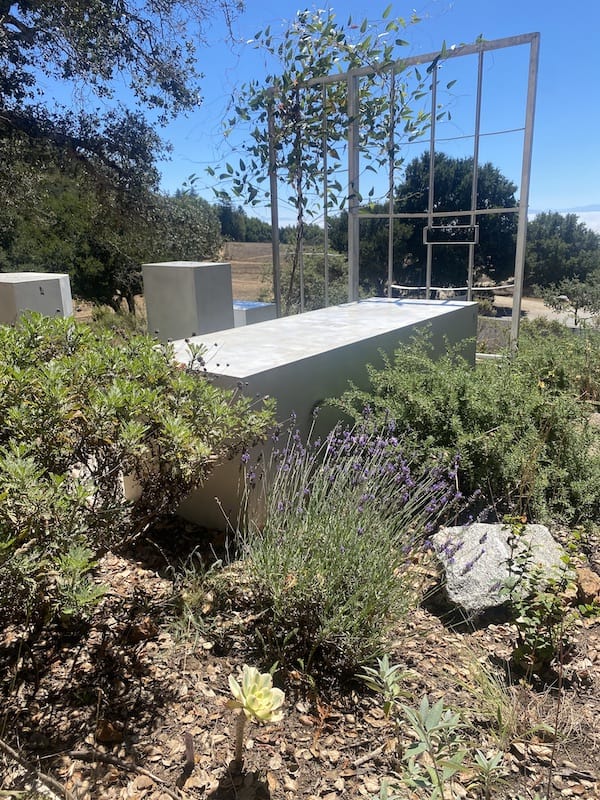
Fig.2: Solitary Garden, University of California-Santa Cruz.
Other artworks materialize the racial and economic past and current conditions of the prison system. The Redaction project, a collaboration between visual artist Titus Kaphar and poet and attorney Reginald Dwayne Betts, uses the lawsuits filed on behalf of people incarcerated because of an inability to pay court fines and fees as source material. Poems by Betts are crafted out of redacted legal documents and screen printed onto Kaphar’s delicate portraits of the individuals ensnared within the system.
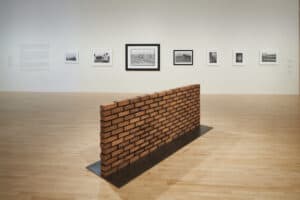
Fig.3a: Barring Freedom. October 2020-April 2021.
Chandra McCormick and Keith Calhoun’s documentary photographs taken in the Louisiana State Penitentiary (called “Angola”), Slavery: The Prison Industrial Complex (1980-2013), focus on the lives of men incarcerated there—the vast majority of whom are African American—as they work in fields once tended by the enslaved. A video installation by Sharon Daniel, Undoing Time (2013), is narrated by Beverly Henry, who while imprisoned at the Central California Women’s Facility worked sewing American flags for sixty-five cents an hour.
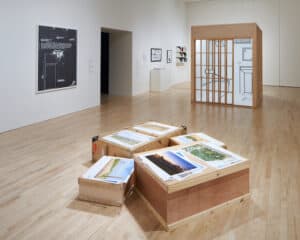
Fig.3b: Barring Freedom. October 2020-April 2021.
Art Expanded
By summer 2020, it was clear that most of our community was not going to be able to experience these artworks. While the physical exhibition at SJMA did open sporadically, we pivoted to online programming, inviting artists in the exhibition, prison abolition organizers, scholars, lawyers, and others to engage in creative conversations about art and the movement for abolition.
All over the country, speakers including Tim Young, Dread Scott, Angela Y. Davis, Bryan Stevenson, Joanne Barker, adrienne maree brown, Reginald Dwayne Betts, and Albert Woodfox joined us from their homes, cars, prison by phone, or elsewhere to think together about how to see the history of the prison and to eradicate it from our future. Music for Abolition was added to the online program to emphasize the sonic registers of freedom struggles, with original music and videos curated by Grammy-award-winning drummer, composer, and producer Terri Lyne Carrington.
Notably, no one who has been invited to participate in Visualizing Abolition has declined. It is not only the participants who were enthusiastic; the audience has been, as well. Over 30,000 viewers took part in the online events in the first 4 months, a result of the renewed energy for the historic project to eradicate racism and advance freedom of which we are part. We created a website to archive the exhibitions and events, with artists also contributing interviews about their art practices and abolition, garnering hundreds of thousands of visitors. The idea of the abolition of prisons, after years of organizing both inside and outside of prisons, has taken root in the popular imaginary.
A Public History of Hope
Mariame Kaba has called prison abolition a discipline of hope, necessitating the training of our imaginations to think beyond the carcerality that surrounds us and to build the world anew. Visualizing Abolition is a manifestation of the hope that art can cultivate this desire for radical social transformation.
Now in the third year, with the support of the Mellon Foundation, we continue to organize exhibitions and host events and musical performances. The initiative has expanded to explore creative modes of educating both students and publics about the harms caused by carceral systems and to encourage people to think beyond the entrenched social dynamics of prisons.
We are now offering postdoctoral fellowships, graduate student dissertation workshops, and undergraduate classes. We also are supporting artists through commissions and more multi-sited exhibitions with our partners at SJMA. With others in the movement, we remain committed to cultivating diverse modes of creating and circulating ideas and to reversing the vector of transmission through which prisons have come to be normalized.
Collaborating with creatives, we are working to contribute to a public history not of prisons, but of what Robin D.G. Kelley calls “the collective radical imagination that conjures and sustains visions of freedom even in the darkest times.”[5] We hope Visualizing Abolition contributes to a history of desire for the radical transformation of society that the prison abolition movement represents.
_____________________
Further Reading
- Davis, Angela Y., Gina Dent, Erica R. Meiners, and Beth E. Richie. Abolition. Feminism. Now. Chicago, Illinois: Haymarket Press, 2022.
- Fleetwood, Nicole. Marking Time: Art in the Age of Mass Incarceration. Cambridge, MA: Harvard University Press, 2020.
- Kaba, Mariame. We Do This ‘Til We Free Us: Abolitionist Organizing and Transforming Justice. Chicago, Illinois: Haymarket Press, 2021.
Web Resources
- Moore, Alexandra, Aaron Mulenga, Rachel Nelson, and Aphid Stern, Visualizing Abolition. October 21, 2020. https://visualizingabolition.ucsc.edu (last accessed 17 October 2022).
- Critical Resistance. “A Resource Guide for Teaching and Learning Abolition, 2020/21”: https://criticalresistance.org/resources/a-resource-guide-for-teaching-learning-abolition-2020-21/ (last accessed 17 October 2022).
- Hemphill, Prentis. “Harm, Punishment, and Abolition with Mariame Kaba.” Finding Our Way, July 5, 2021. Podcast. https://www.findingourwaypodcast.com/individual-episodes/s2e12 (last accessed 17 October 2022).
_____________________
[1] Bruce Western and Becky Pettit, “Incarceration and Social Inequality,” Dædalus: Journal of the American Academy of Arts & Sciences, Vol 139, Issue 3 (Summer 2010), https://www.amacad.org/publication/incarceration-social-inequality (last accessed 17 October 2022).
[2] Kelly Lytle Hernández, Khalil Gibran Muhammad, and Heather Ann Thompson, “Introduction: Constructing the Carceral State,” The Journal of American History, 102, no. 1 (June 1, 2015): 18–24. http://jah.oah.org/projects/special-issues/carceral/ (last accessed 17 October 2022).
[3] Rebecca C. Hetey and Jennifer L. Eberhard, “The Numbers Don’t Speak for Themselves: Racial Disparities and the Persistence of Inequality in the Criminal Justice System,” Current Directions in Psychological Science, Vol. 27, issue 3 (May 3, 2018): 183–187.
[4] Nicole Fleetwood, Marking Time: Art in the Age of Mass Incarceration (Cambridge: Harvard UP, 2020), 14-15.
[5] Robin D.G.Kelley “Twenty Years of Freedom Dreams.” Boston Review (August 1, 2022), Accessed August 27, 2022, https://bostonreview.net/articles/twenty-years-of-freedom-dreams/ (last accessed 17 October 2022).
_____________________
Image Credits
Title image: Barring Freedom. October 2020- April 2021. Installation view, San José Museum of Art. © Impart Photography.
Fig. 1: Visualizing Abolition with Rachel Nelson, Gina Dent, Gilda Sheppard, and adrienne maree brown, October 26, 2021
Fig. 2: jackie sumell, in collaboration with Tim Young, Solitary Garden, University of California-Santa Cruz. © Jasmine Alinder
Fig. 3a & b: Barring Freedom. October 2020- April 2021. Installation view, San José Museum of Art. © Impart Photography.
Recommended Citation
Dent, Gina, Rachel Nelson: Visualizing Abolition: Creating a History of Hope. In: Public History Weekly 10 (2022) 7, DOI: dx.doi.org/10.1515/phw-2022-20580.
Editorial Responsibility
Copyright © 2022 by De Gruyter Oldenbourg and the author, all rights reserved. This work may be copied and redistributed for non-commercial, educational purposes, if permission is granted by the author and usage right holders. For permission please contact the editor-in-chief (see here). All articles are reliably referenced via a DOI, which includes all comments that are considered an integral part of the publication.
The assessments in this article reflect only the perspective of the author. PHW considers itself as a pluralistic debate journal, contributions to discussions are very welcome. Please note our commentary guidelines (https://public-history-weekly.degruyter.com/contribute/).
Categories: 10 (2022) 7
DOI: dx.doi.org/10.1515/phw-2022-20580
Tags: Art (Kunst), Culture War, Racism (Rassismus), USA
To all readers we recommend the automatic DeepL-Translator for 22 languages. Just copy and paste.
OPEN PEER REVIEW
Encouraging Synergies
This article and its key contributions are valuable for encouraging synergies between artists, scholars, and activists; indeed, moving the triumvirate toward a broader and more meaningful definition of scholar-activism. The article is richest in its highlighting of the Visualizing Abolition project and its programming, which had at its core the intent to “…engage university students and the regional public about issues of prisons and the movement for abolition through the arts.”
My one overarching concern is that the authors spent far too much time critiquing the shortcomings of prison-focused scholarship in leading to revolutionary change. That argument is fair, and yet scholars must continually answer the call for responsible research as part of their contributions to the broader landscape of social change. Readers would benefit from more explorations of how the arts and artists create works that inspire and why these efforts have the impact they do. But this assessment does not overshadow the most important contribution the piece highlighted for this reviewer.
As the essay continued, the authors confirmed intentionally or unintentionally – not sure it matters, really – an argument we’ve all bore witness to recently and throughout the histories of struggles for equality more broadly: uprooting unjust systems requires issue-specific collaborations between scholars, artists, and activists. These synergies have been on full display in recent years. In fact, most would agree that outcomes from these collaborations may be the only way toward meaningful abolition-informed change. Activists and scholars have outlined over and over how intractable this crisis has become, and artists have brilliantly exposed these same injustices in their uniquely expressive ways. In fact, city after city, region after region, has been exposed to locally gestated movements that, “…imagine and create a radically-transformed society, and… teach ourselves to develop different responses to what is socially construed as wrongdoing or injury. Artists and other creatives help us accomplish this.”
In fact, I hope to connect my academic center and the local movements with which we engage to the Visualizing Abolition project.